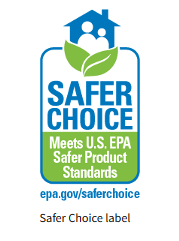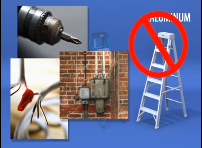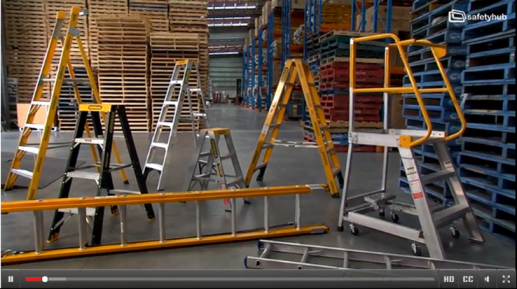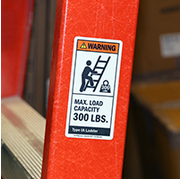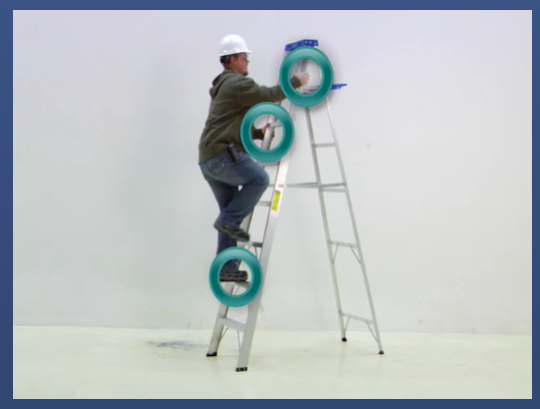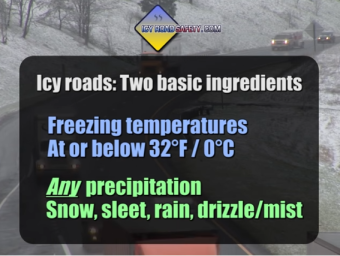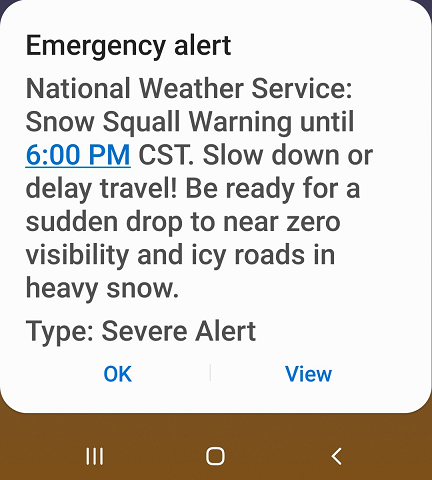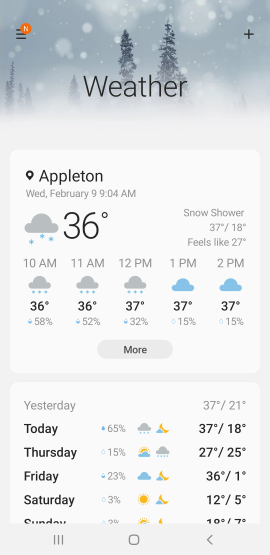To prevent or reduce stiffness and pain from sitting all day, try simple desk stretches.
The problem: Prolonged sitting
If you work at a desk or computer for long stretches of time, you might place excessive stress on certain muscles. As a result, you’re likely to get stiff and sore — unless you take frequent breaks for physical activity.
The solution: Fitness breaks
Breaking up your workday with stretches and other physical activities can help keep you comfortable while you work. You can stretch while you’re seated at your desk or standing in your workspace. You might even be able to stretch while you’re participating in a conference call or other workplace activities. You don’t need special equipment to stretch, and you won’t break a sweat — yet the results can be powerful.
Try a few of the stretches below, which can be done right from the comfort of your work area (watch the videos by Mayo Clinic Staff to understand proper form and technique):
- Neck stretches: Video [1:27]
Bring your chin to your chest and hold for 15 to 30 seconds. Then rotate your head left and then right, holding 15 to 30 seconds on each side. Finally, tilt your head to the side, leaning your ear toward your shoulder. Again, hold for 15 to 30 seconds on each side.
- Forearm stretches: Video [1:38]
Lift one of your arms and hold it comfortably in front of you, palm facing down. Bend your hand downward, and gently pull it toward you using your other hand. Hold for 15 to 30 seconds and repeat on the other side. Then lift one of your arms and hold it comfortably in front of you, palm facing up. Bend your hand downward, and gently pull it toward you using your other hand. Again, hold for 15 to 30 seconds on each side.
- Upper body stretches: Video [1:22]
To stretch the back of your shoulders, place one hand under your elbow. Lift your elbow and stretch it across your chest. Don’t rotate your body as you stretch. Hold the stretch for 15 to 30 seconds. You’ll feel tension in the back of your shoulder. Relax and return to the starting position and repeat the stretch with the other arm.- To stretch the backs of your arms, lift one arm and bend it behind your head. Place your other hand on your bent elbow to help stretch your upper arm and shoulder. Hold the stretch for 15 to 30 seconds. Relax and return to the starting position and repeat the stretch with your other arm.
- To stretch the muscles of your chest, squeeze your shoulder blades together. To get a better stretch, place your hands behind your head and pull your bent arms backward. Hold the stretch for 15 to 30 seconds. Relax and return to the starting position.
- Seated stretches: Video [1:19]
While seated, bring one of your knees toward your chest. Use your hands to grab the back of your thigh, and gently pull it toward you. Keep your back straight, being careful not to lean forward. Hold the stretch for 30 seconds. Relax and return to the starting position, and repeat the stretch with your other leg.
- Standing stretches: Video [1:15]
While standing, put a hand on your desk or chair to stabilize yourself. Bend one leg, grab your ankle and pull it toward your buttock. Hold for 15 to 30 seconds, then repeat on the other side. Then, stand with feet hip width apart and arms crossed across your chest. Twist to the left, then the right. Hold for 30 seconds on each side.
“Just a small amount of movement throughout the day can really help you stay alert and focused.” Beau Johnson is a physical therapist in Holmen, Wisconsin.
Want more stretching examples? Check this out.
15 Simple and Quick Office Stretches to Boost Work Efficiency

Example number 4, is a natural stretch that we all do when we’re feeling a bit stiff and tired. Simply raise your arms above your head, interlock your fingers and push away from yourself.
Sources: https://www.mayoclinic.org/healthy-lifestyle/adult-health/in-depth/office-stretches/art-20046041; https://www.lifehack.org/articles/productivity/15-simple-and-quick-office-stretches-boost-work-efficiency.html



